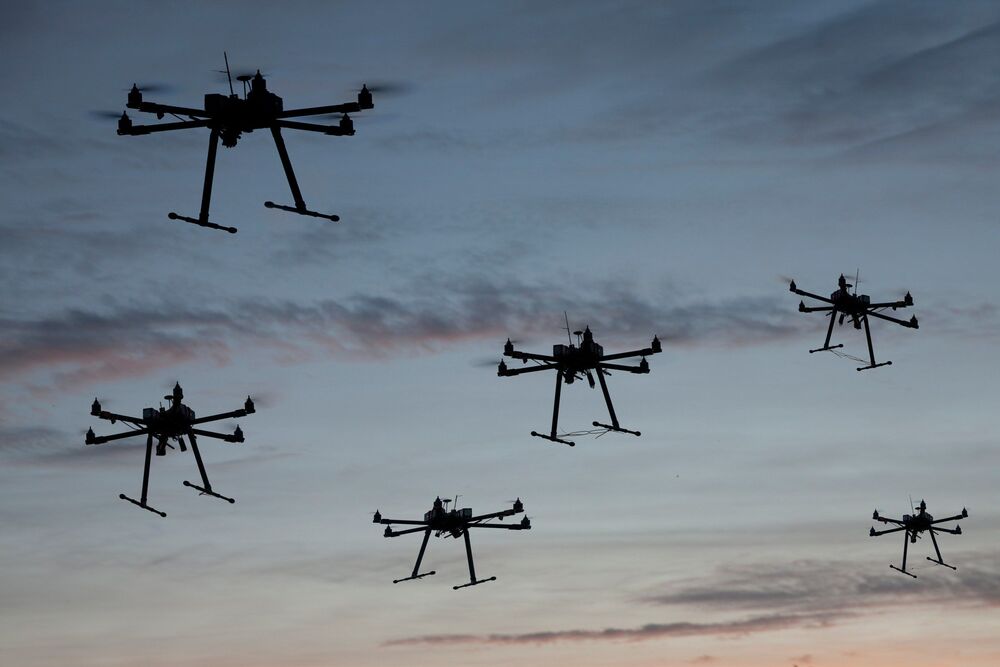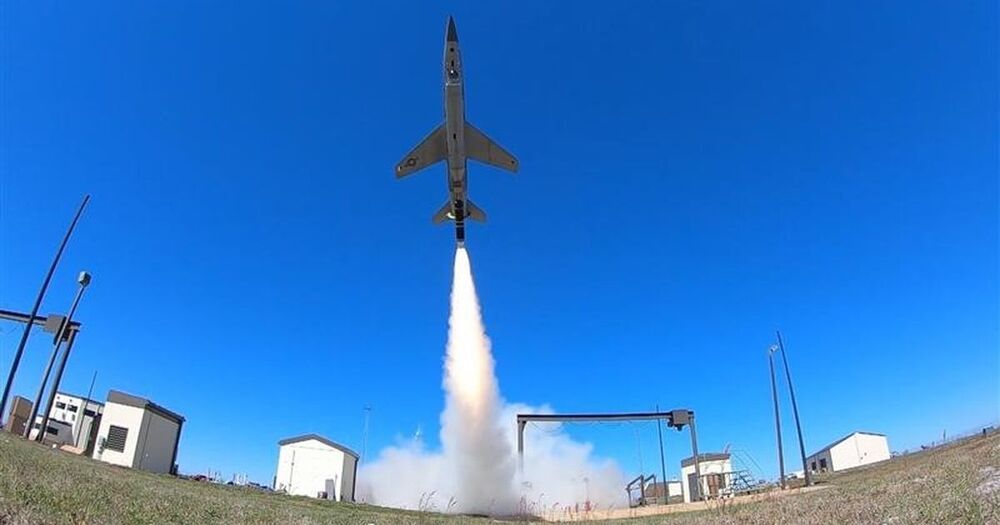May 11, 2021
Hologram experts can now create real-life images that move in the air
Posted by Saúl Morales Rodriguéz in categories: computing, holograms, military, space, weapons
They may be tiny weapons, but Brigham Young University’s holography research group has figured out how to create lightsabers—green for Yoda and red for Darth Vader, naturally—with actual luminous beams rising from them.
Inspired by the displays of science fiction, the researchers have also engineered battles between equally small versions of the Starship Enterprise and a Klingon Battle Cruiser that incorporate photon torpedoes launching and striking the enemy vessel that you can see with the naked eye.
Continue reading “Hologram experts can now create real-life images that move in the air” »

















